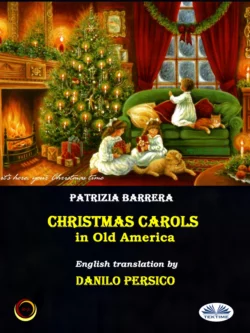Christmas Carols In Old America

Patrizia Barrera
Тип: электронная книга
Жанр: Музыка
Язык: на английском языке
Стоимость: 680.55 ₽
Статус: В продаже
Издательство: TEKTIME S.R.L.S. UNIPERSONALE
Дата публикации: 16.04.2024
Отзывы: Пока нет Добавить отзыв
О книге: Story of the most beautiful Christmas Carols of the American tradition